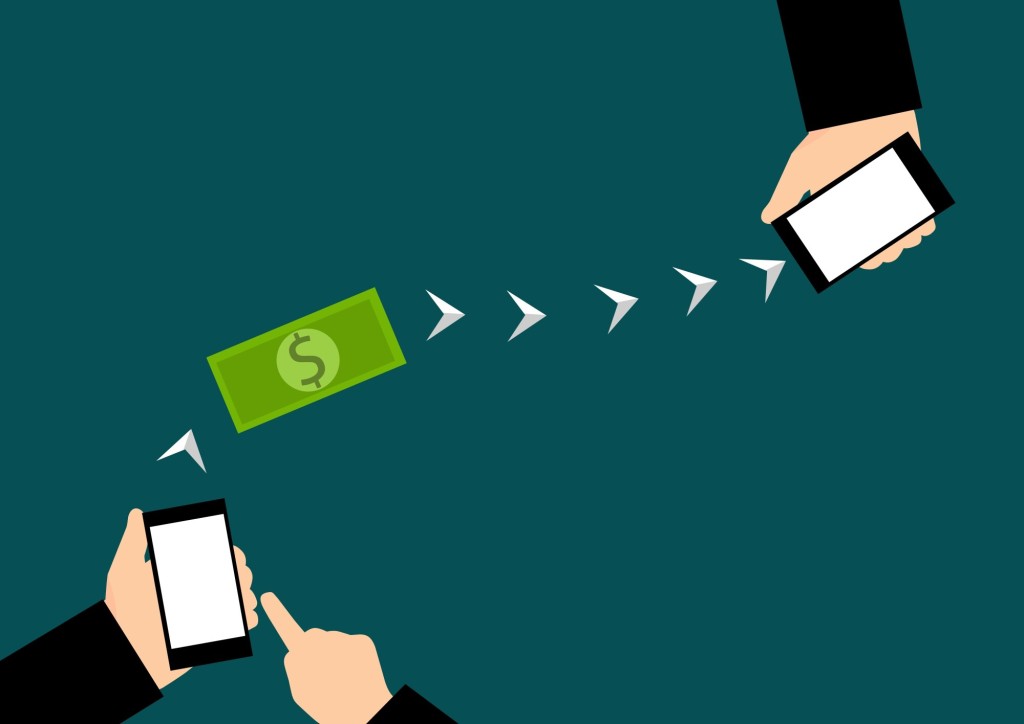
Credit card fraud can be a very real problem. Not only can it cause you to lose money, but it can also negatively impact your credit rating. Knowing what to look for and how to protect yourself from credit card fraud will help ensure that you do not become the next victim.
What is credit card fraud? Credit card fraud is a complete encompass term for any fraudulent activity committed using a credit card, including unauthorized charges made to a bank or other unauthorized use of a customer’s account. The primary goal might be to gain illicit goods or services through fraudulent means, or to simply make fraudulent payments to another account, which is clearly controlled by an unscrupulous criminal. Whatever the motivation, the end result is the same: You are the victim of unauthorized use of your account. Visit: https://www.transferly.com/experiencing-credit-card-fraud-this-is-what-you-should-do-about-it/ for more insights related to this topic.
The most common types of credit card fraud include “skimming”. This is where a thief obtains your credit card information such as your name or address and uses it to make unauthorized purchases. For example, if a person wants to order gasoline, he does not bother to learn whether the gas station has a hidden charge for additional fees or what the price of gas actually is before making the purchase. In this instance, the victim is the entire account holder.
Another common type of credit card fraud occurs when the thief obtains your debit card details, which allow you to spend money on things that you did not have authorization to do. For example, if you are at the bank, the teller will give you a pre-authorization code to use in order to withdraw cash. However, you do not realize until you come home that you have spent too much money on something, even if you have given your credit card number. In this case, you are the victim of “unauthorized use of a debit card”. If you are already the victim of identity theft, then you can experience credit card fraud through “reset or dormant accounts” that you did not open.
Another example of unauthorized use of a debit card is when a thief obtains your credit card details through “phishing”. The thief gets to know your routine – perhaps by watching you spend a lot at the store – and tricks you into revealing your personal details. For example, if you regularly shop online, the thief might get your credit card details by checking the credit card statements that you usually make. In this case, you are the victim of “phishing”. Your credit card fraud may also happen if your purse or wallet is stolen and you put your debit card details on the key chain or any other form of access device. Click here now to find more insights associated with this subject matter.
When it comes to prevention, there are several things that you can do to reduce your risk of becoming a victim of credit card fraud. First, always make it a point not to give out your personal information, even if it is for a simple online transaction. Second, always check your credit card information and statements regularly, to ensure that your account is not being abused. And third, if you suspect that your credit card information has been accessed without permission, you can call your financial institution and report the case. This will help you prevent further incidents of phishing and will alert them to potential fraud cases that might occur. Check out this post for more details related to this article: https://en.wikipedia.org/wiki/Wire_transfer.
Leave a comment